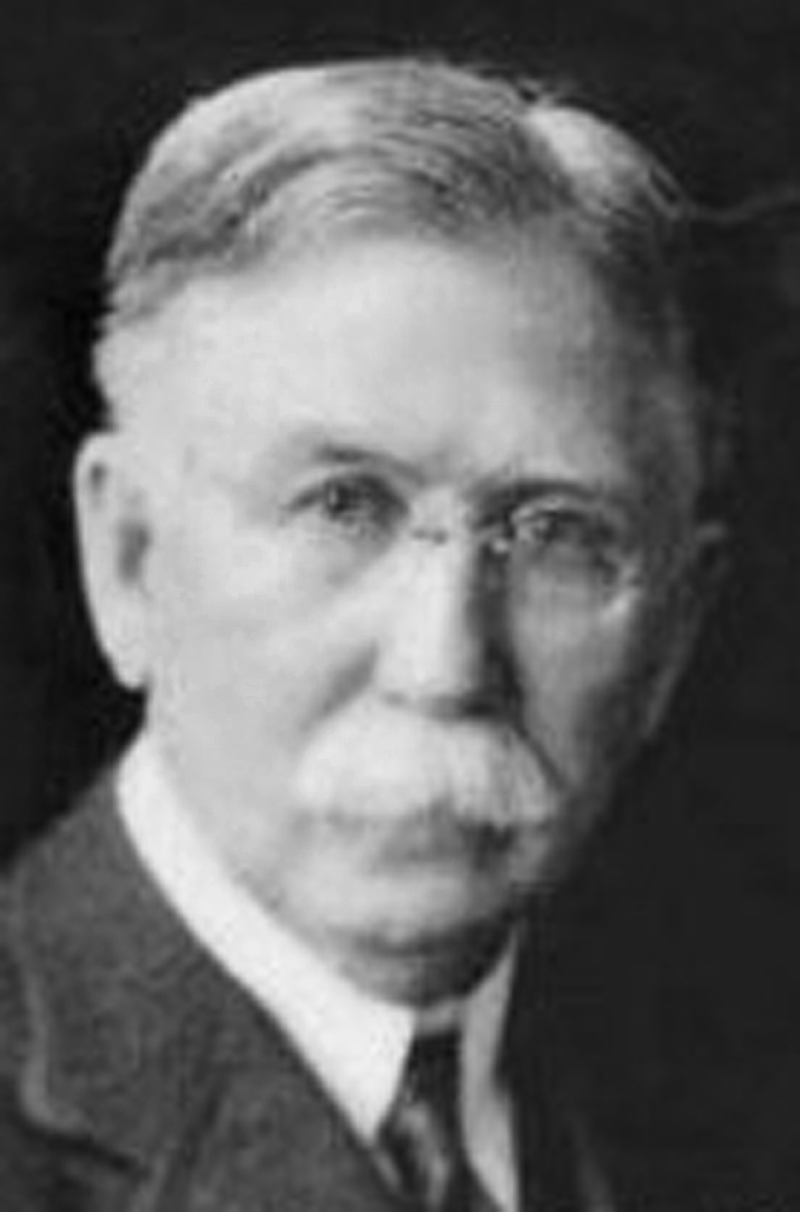|
|
Ridge Route | L.A.-Bakersfield

Click image to enlarge Construction camp working on the Pan American Pipeline along the Ridge Route, ~1925. In 1925, Pan American Petroleum and Transport Co., which had been founded in 1916 by L.A. oil tycoon Edward L. Doheny and by 1921 was the largest U.S. oil company, ran a 10-inch pipeline 130 miles from the San Joaquin Valley to Carson. The pumping station is located just north of Fort Tejon (see Harrison Scott 2002:34-35).
A year earlier, Pan American had been embroiled in the Teapot Dome scandal, where President Warren G. Harding's Interior Secretary Albert B. Fall leased Navy oil reserves to friendly private companies without a competitive bidding process. Fall became the first presidential cabinet member to go to prison when he was convicted of taking bribes — including $100,000 from Doheny for the Elk Hills (Calif.) oil field, which he leased from the government in 1922. (Doheny admitted he had "loaned" Fall the money months earlier but was twice acquitted on charges of offering the bribe, even though Fall was convicted of accepting it.) Standard Oil of Indiana acquired a majority stake in Pan American in 1925; the companies reorganized their Pan American interests in 1954 to form Amoco, which was acquired in 1998 by British Petroleum. Meantime, the 1994 Northridge earthquake knocked out the pipeline over the Ridge Route (Line No. 1), and it was abandoned. Per Harrison Scott (ibid.), another 14- and 16-inch line (No. 63) had been constructed with an easterly in 1950. In 1997 a 132-mile, 20-inch line was put in by Pacific Pipeline (Anschutz Corp.) and a second pumping station was built at the bottom of the Grapevine between the north- and southbound freeway lanes, as well as a pressure reduction station east of I-5 south of Templin Highway. The Pacific Pipeline follows I-5 from Kern County to the San Fernando Valley, thence along the Union Pacific Railroad tracks to the Ultramar (now Valero) refinery at Wilmington.
AL2074: 9600 dpi jpeg from original photograph, collection of Alan Pollack. |
The site owner makes no assertions as to ownership of any original copyrights to digitized images. However, these images are intended for Personal or Research use only. Any other kind of use, including but not limited to commercial or scholarly publication in any medium or format, public exhibition, or use online or in a web site, may be subject to additional restrictions including but not limited to the copyrights held by parties other than the site owner. USERS ARE SOLELY RESPONSIBLE for determining the existence of such rights and for obtaining any permissions and/or paying associated fees necessary for the proposed use.

